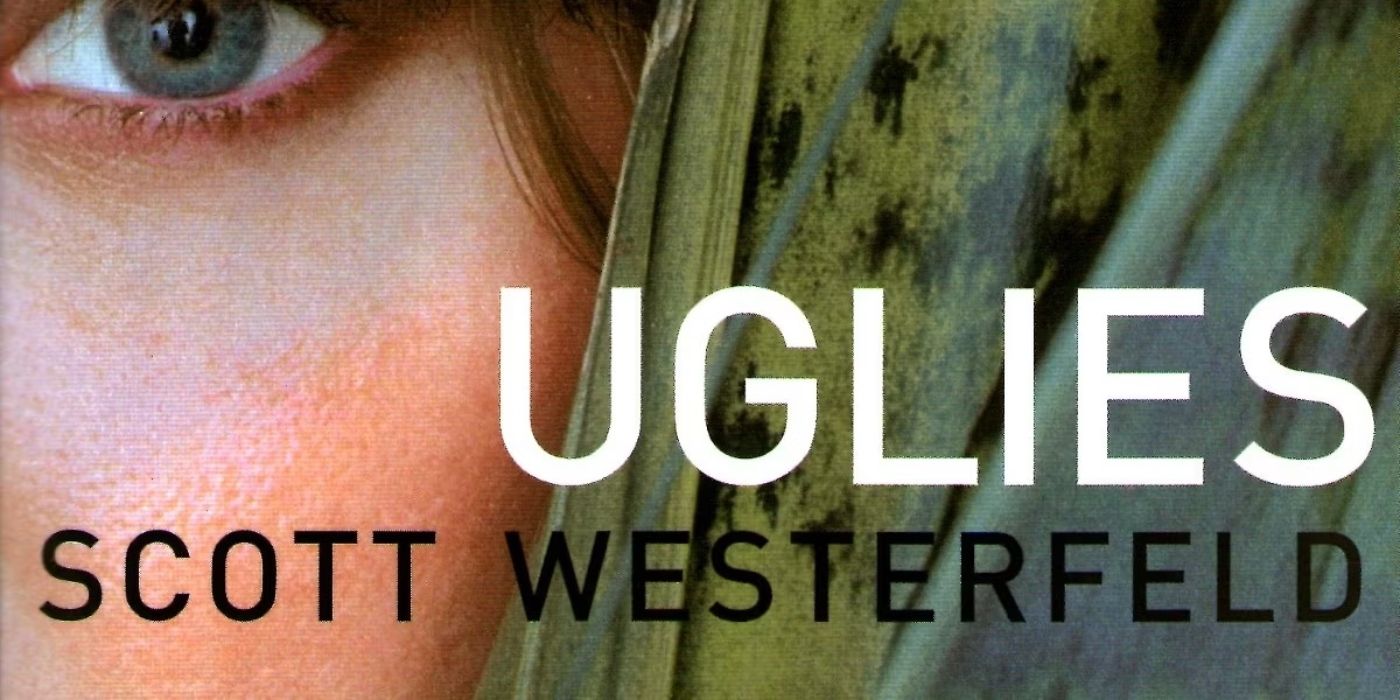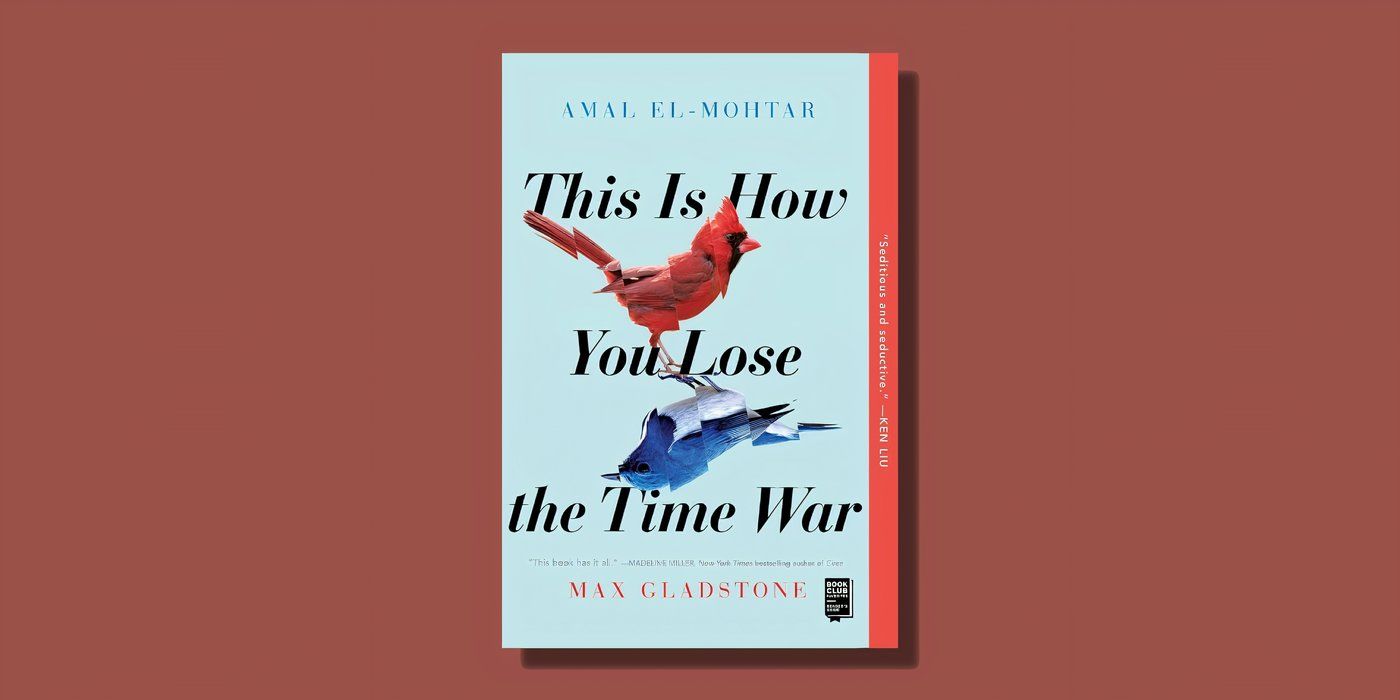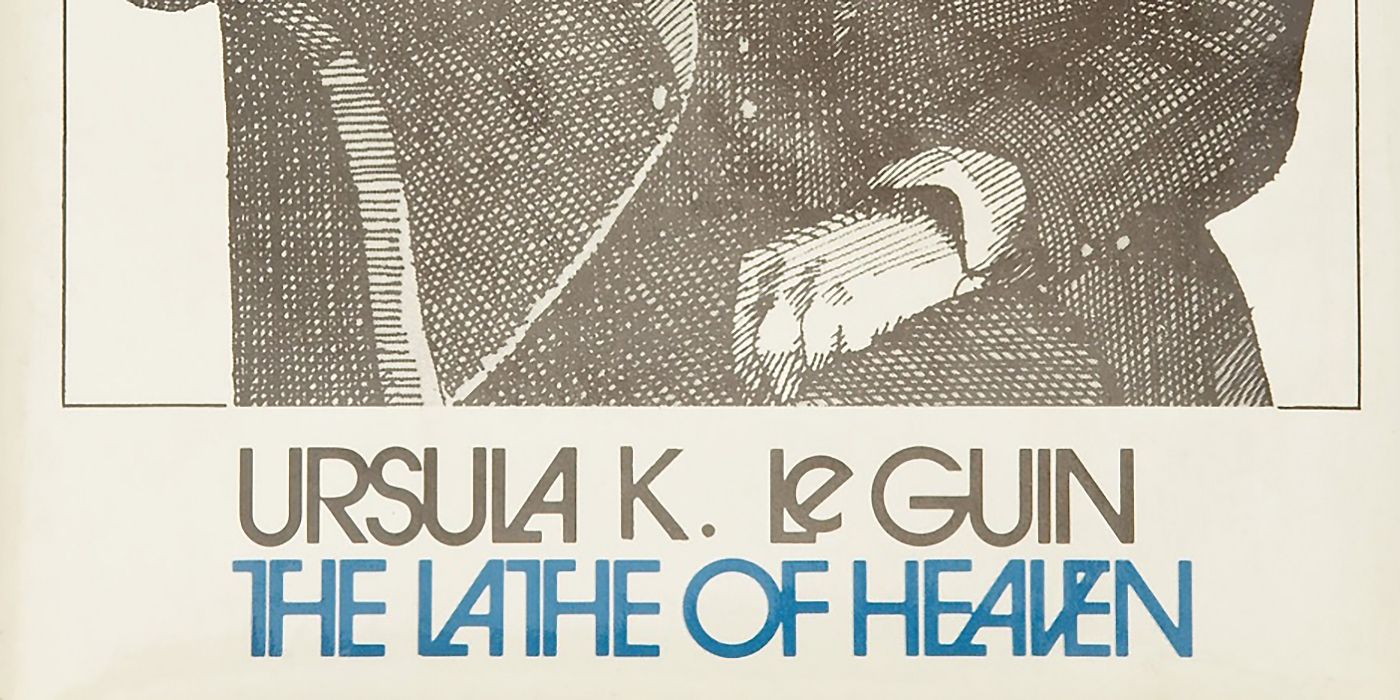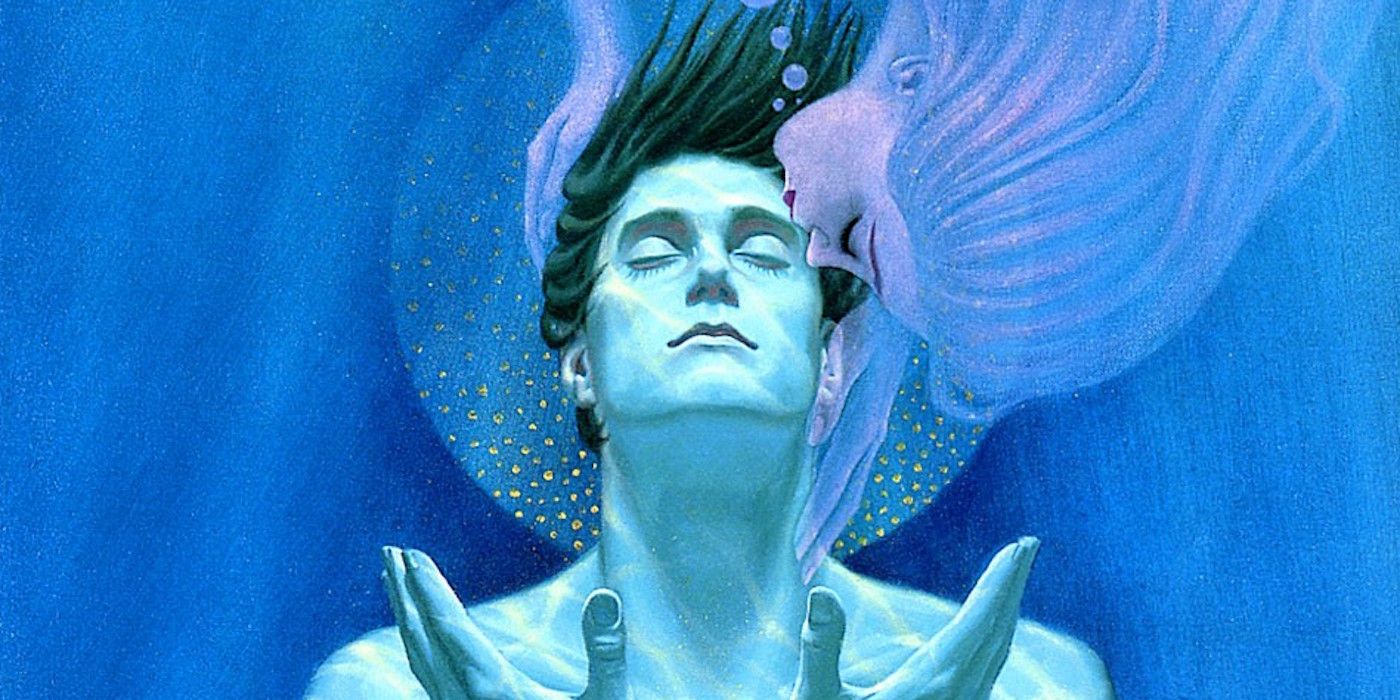Summary
- Sci-fi can deliver universal human tales without focusing heavily on scientific aspects of the story.
- Character-driven narratives in sci-fi can make a book successful, balancing science with relatable stories.
- Some sci-fi books, while still part of the genre, prioritize fiction over science, exploring emotional impacts.
Sci-fi is one of the biggest genres within speculative fiction, and it’s often discussed in terms of the scientific aspects used to build the story’s world. However, plenty of fantastic and well-received science fiction novels simply use elements of potential advancements or otherworldly aspects to be the delivery system for a universal and human tale. For readers hesitant to make the leap into sci-fi, these books that are lighter on science could be a great stepping stone. All sci-fi is concerned with telling a relatable and thrilling tale, but some authors lean deeper into the technical principles than others.
When the fiction side of sci-fi is elevated to further importance, science might even be sidelined to be a secondary or tertiary part of the plot.
While there are many underrated sci-fi books that should be popular, sci-fi books that deal with character-driven narratives are some of the most successful. It’s not necessarily inaccessible if a novel deals with technically and theoretically difficult subjects, but it can alienate a certain niche of the sci-fi audience. When the fiction side of sci-fi is elevated to further importance, science might even be sidelined to be a secondary or tertiary part of the plot. This doesn’t mean that the book isn’t part of the sci-fi genre, but it occupies a specific part of it.
Related
8 Incredible Sci-Fi Books That Are More Science Than Fiction
While some speculative fiction goes off the rails & departs from any possible scientific realism, others stay true to fact & extrapolate from there.
8 Uglies (2005)
Written by Scott Westerfeld
Like many novels that use sci-fi as a storytelling tool,
Uglies
makes the case for turning away from advancing technology and returning to harmony with the natural world.
Scott Westerfeld was part of the early 2000s YA dystopian craze, and his sci-fi teen novel series, Uglies, was ahead of the curve. Set in a future society in which people undergo extensive plastic surgery when they turn sixteen, the story follows Tally, the protagonist, as she uncovers the dark secret hidden within her society. Uglies is considered sci-fi the way many dystopian and post-apocalyptic narratives are. There are aspects of the world that could only exist in the future, but much of Uglies takes place away from this technology.
When Tally escapes to the woods and learns about people returning to a natural way of life, she realizes being Pretty isn’t what she really wants. Like many novels that use sci-fi as a storytelling tool, Uglies makes the case for turning away from advancing technology and returning to harmony with the natural world. Now that Uglies is getting a Netflix movie adaptation, it will be exciting to see how the filmmakers bring Tally’s world to life, in addition to how the Pretties and Special Circumstances are characterized.
7 Never Let Me Go (2005)
Written by Kazuo Ishiguro
Kazuo Ishiguro’s Never Let Me Go is a modern book likely to become a classic one day, and it’s unsurprising, considering the fame that Ishiguro’s early work, Remains of the Day, has achieved. The theme and aesthetic of the book are interesting, as it is reminiscent of classic British books about boarding school and the countryside, with the futuristic aspect used as emotional ammunition. The sci-fi part of the book, the fact that the main characters are clones, is treated more as alternate history rather than a supposed distant future.
Never Let Me Go won multiple awards and was highlighted as a landmark book of the early 2000s. When it was made into a film in 2010, the movie didn’t have to turn down the parts of the story that relied on sci-fi, as the romances and interpersonal relationships were already elevated to the place of highest importance. Much of science fiction grapples with the essential question of what it means to be human, and by the end of Never Let Me Go, it’s impossible to question the character’s humanity.
6 This Is How You Lose The Time War (2019)
Written by Max Gladstone & Amal El-Mohtar
Written by Max Gladstone and Amal El-Mohtar in alternating chapters, This is How You Lose the Time War is an intensely romantic and tragic imagining of what war and connection will become in the future. As much about the nature of war as it is about the connection between the main characters, the book sees its characters traveling in time and leaving each other notes across the cosmos, even though they’re on opposing sides of a seemingly neverending conflict. Known as Red and Blue, the individuals make the audience fall in love with them as they do each other.
This is How You Lose the Time War
is poetic and emotional, whereas traditional sci-fi is typically characterized as logical and cold.
This is How You Lose the Time War is poetic and emotional, whereas traditional sci-fi is typically characterized as logical and cold. However, there is room for both types of the genre, and This is How You Lose the Time War makes a compelling case for the place that lyrical and nonlinear storytelling has in science fiction. It’s a quick read, as the book is a novella, but it takes the reader on an unforgettable journey from beginning to end. It was the winner of the Nebula, Hugo, and Locus awards for Best Novella.
5 Ready Player One (2011)
Written by Ernest Cline
It won’t be long before the virtual reality at the heart of Ready Player One is a genuine part of everyday life, as VR and AR are gaining traction in the video game industry. However, the author of Ready Player One, Ernest Cline, set out to write an escapist fantasy for younger audiences that acknowledged the growing presence of gamer culture in the media. There are flaws to be found in the novel, but this doesn’t take away from the fun of witnessing contemporary interests and pastimes being encoded into the history of literature.
Movies and TV shows based on video games have never been more popular, and it would be interesting to see how an adaptation of Ready Player One would look today. Though the 2018 film holds up visually, great strides have already been made in gaming to allow people to completely immerse themselves in online worlds. Despite this, it’s not the accuracy or realism that makes Ready Player One worth reading. Wade Watts, the book’s protagonist, is a great stand-in for kids of all ages who feel isolated by the outside world and use gaming as a hideaway.
4 The Lathe Of Heaven (1971)
Written by Ursula K. Le Guin
The Lathe of Heaven
isn’t part of
The Hainish Cycle
, but it’s remembered as one of the most important works Le Guin ever wrote.
As one of the greatest sci-fi writers of all time, Ursula K. Le Guin’s best books stand out in the genre and are appreciated by readers of all generations. Many of her books that belong to the overarching universe of The Hainish Cycle use soft sci-fi as a means to communicate messages of pacifism, environmentalism, and anti-colonialism to readers. The Lathe of Heaven isn’t part of The Hainish Cycle, but it’s remembered as one of the most important works Le Guin ever wrote. The premise blurs the line between sci-fi and fantasy.
However, it’s most deeply connected to the human issues at the heart of the story. The protagonist, George Orr, can recreate the rules and fate of the world with his dreams, and it doesn’t take long for outside forces to use this ability to their advantage. It’s an interesting take on the concept of utopia, as many of Orr’s attempts to create a world free of prejudice and suffering ultimately backfire. Only Le Guin could take all of these elements and explore the emotional impacts and scientific discoveries with equal weight.
3 The Hitchhiker’s Guide To The Galaxy (1979)
Written by Douglas Adams
Few sci-fi books are as beloved for their humor as much as The Hitchhiker’s Guide to the Galaxy, a book full of so many deliberate anachronisms and improbable science that it could only be fiction. However, it’s through these clever inventions of the author, Douglas Adams, that the novel soars and establishes itself as a hallmark of the genre. It’s common for science fiction to take itself a little too seriously and forget that fiction is supposed to include an element of fun, but The Hitchhiker’s Guide to the Galaxy is determined to remember this.
Few fiction readers haven’t encountered The Hitchhiker’s Guide to the Galaxy in one form or another, whether they’re sci-fi fans or not. There are many instances when technology in science fiction is deemed too convenient or implausible, circumventing difficulties like language translation by creating futuristic tools. The Hitchhiker’s Guide to the Galaxy pokes fun at these inventions. However, all of its jokes and jabs are clearly made by an author with a deep love and respect for the genre. It’s interesting to look back and realize that many of Douglas’ imagined technologies have become a reality.
2 Stranger In A Strange Land (1961)
Written by Robert A. Heinlein
The title of Stranger in a Strange Land might be familiar to readers who recognize the line from Exodus in the King James Bible. Religion is intimately tied to the themes and plot of Stranger in a Strange Land, which pushed boundaries in the way it discussed organized religion, especially in the 1960s. Following the journey of Mike, the first human raised on Mars, Stranger in a Strange Land posits what would happen if a human had never experienced humanity and what they would think of it. Not without controversy, the novel drew criticism from groups of all kinds.
There’s little doubt that Heinlein is not actually concerned with what might happen to a human on Mars or what Martians are like.
However, Robert A. Heinlein did not shy away from his message. Not only did Helinlein attempt to take down contemporary assertions surrounding religion, but also modern morality and attitudes towards sexuality. There’s little doubt that Heinlein is not actually concerned with what might happen to a human on Mars or what Martians are like. He’s interested in the human response to unexpected situations. Though he’s in conversation with philosophy and human history, Heinlein begs the audience to use Mike’s story as an opportunity to make up their own minds about life.
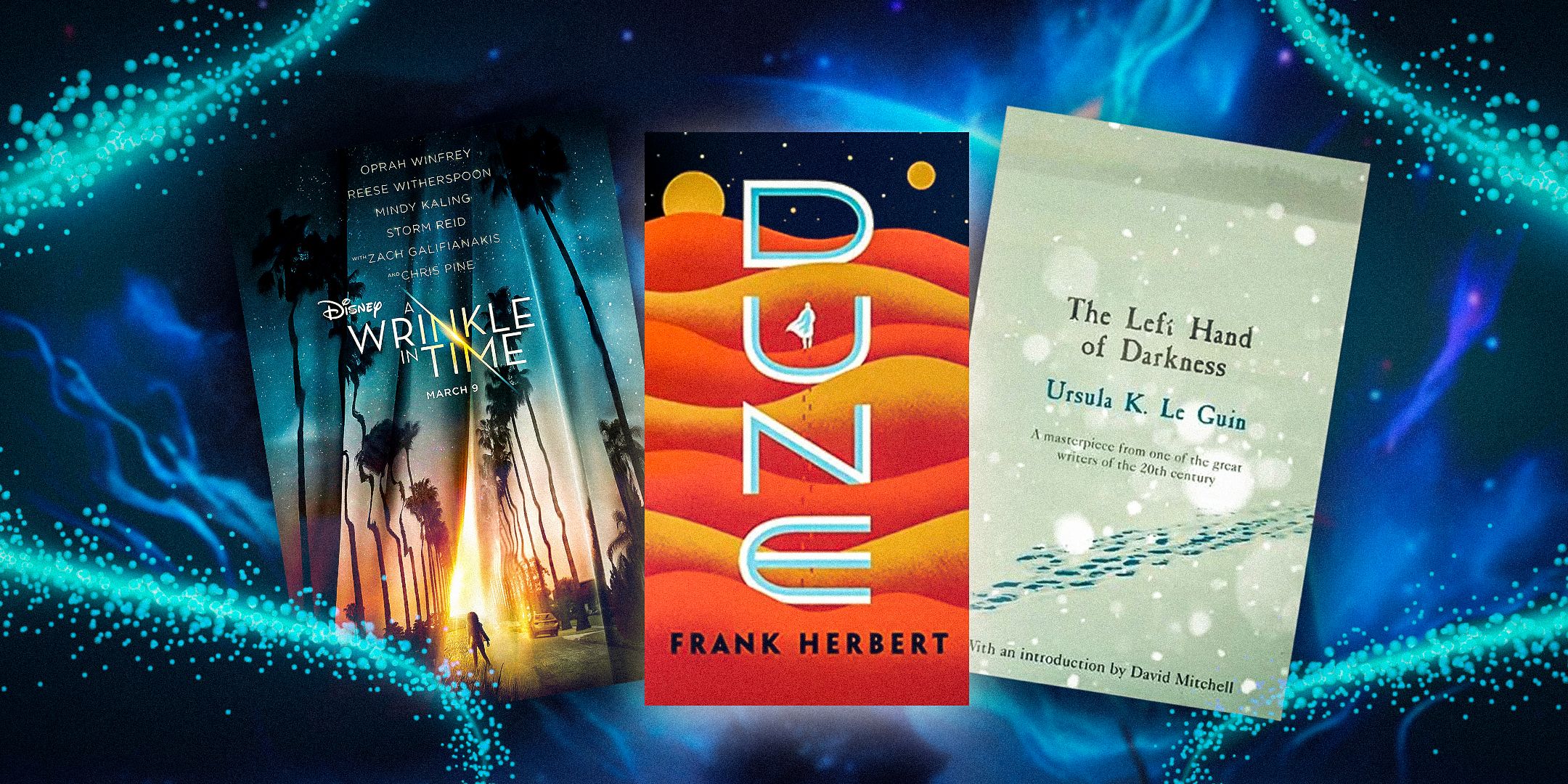
Related
8 Books That Perfectly Blend Fantasy & Sci-Fi
The sci-fi and fantasy genres frequently go hand in hand, but only a few books blend them so well that the line between story types is blurred.
1 Annihilation (2014)
Written by Jeff VanderMeer
The film adaptation of Jeff VanderMeer’s seminal sci-fi novel does a good job of bringing Area X and its many creatures to life. However, it’s worth returning to the original text to experience the full scale of Annihilation. Though movies can visually bring the imagination to life, the theoretical version of the Biologist’s encounter with the creature at the end of the book is best experienced internally. Annihilation does base itself on scientific reason, as its central characters are all different types of scientists, but logic and reason are left behind when the characters cross into Area X.
Though Annihilation is the first of a trilogy, there is enough incident and intrigue to make audiences fully satisfied by the story’s end. The way that nature behaves within Area X is contrary to what people experience in the real world, and while everything the Biologist encounters is supposedly organic, everything about it is slightly wrong. Additionally, even though the Biologist tries to keep an objective account of her journey, it’s impossible not to let her humanity and personal impulses slip through. In some ways, Annihilation is all about allowing instinct to take control.


